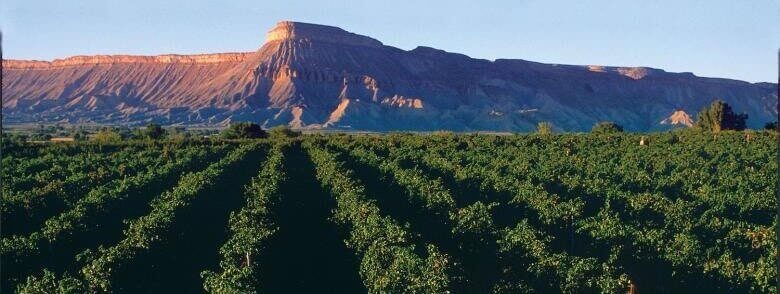
Colorado Appellations
Colorado may be best known for an array of craft breweries, but the state also produces more and more wine each year. Wine is likely not the first thing you think of when you hear Colorado, but winemakers in this state are hoping to change that. Colorado wine definitely contains quality ingredients, coming from the areas best designated regions. According to Colorado Wine, more than 125 wineries crush grapes from more than 1,000 acres of grapes and the state’s wine industry is growing. There are specific regions called appellations where Colorado wineries obtain their grapes. Colorado appellations are amongst some of the highest in the world!
WHAT IS AN APPELLATION?
The term appellation refers to the place where the grapes grow. Many appellations have an official status to strictly regulate usage in order to assure quality and authenticity. An appellation may be as large as an entire region, encompassing hundreds of thousands of acres and many separate vineyards, or as small as a single vineyard of perhaps four acres or less. There are currently two Colorado appellations, Grand Valley and West Elks.
GRAND VALLEY
Home to about 75% of Colorado’s wineries, Grand Valley has some of the highest vineyards in the world. It also has a unique microclimate and terrain. The valley was carved out by rivers, leaving the deep canyons and sharp escarpments that border the appellation. This landscape allows for superior air drainage, reducing the frost risk at this high elevation. During the growing season, the region enjoys hot and dry days, with a good amount of sunshine hours. Nighttime temperatures drop rapidly, allowing the grapes to maintain high acidity, which is essential to quality wine production. Winter temperatures are quite mild, often above the freezing mark.
WEST ELKS
The West Elks region boasts the highest vineyards in the northern hemisphere, at just over 6400 feet. By comparision, the highest vineyards in the world are in Argentina in the northern Andes. This elevation produces some scintillating Riesling. This style of wine is made with residual sugar left in the wine but acidity levels are high which make an excellent counterpoint to sweetness. More intriguing perhaps is the potential for Pinot Noir. Alfred Eames, whose winery is just south of the town of Paonia, grows Pinot at an altitude of some 5400 feet, getting good color and intensity of character and vibrant richness.
